Saint George Greek Orthodox Cathedral
Overview
Characteristics and classifications
All Reviews (0)
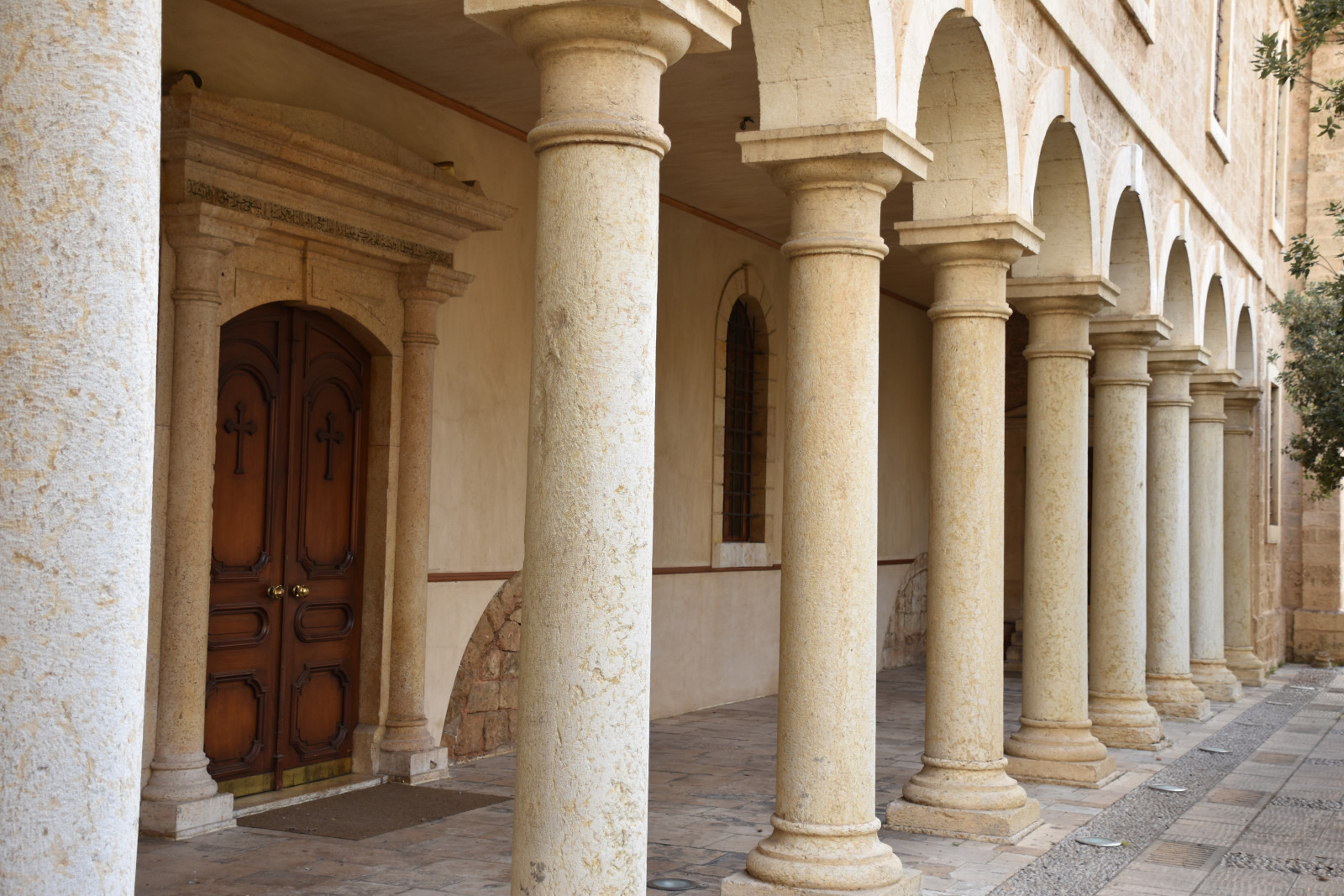
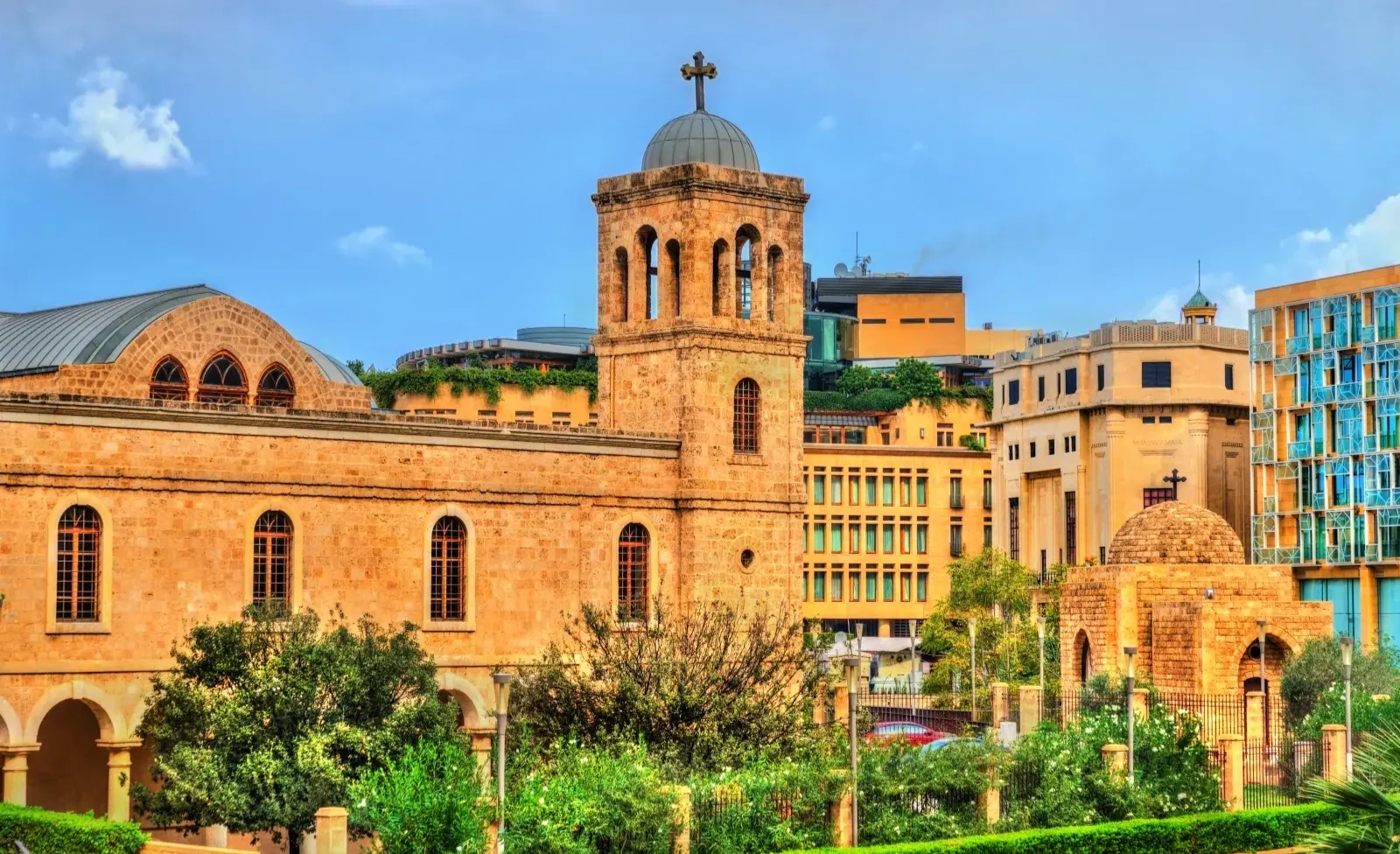
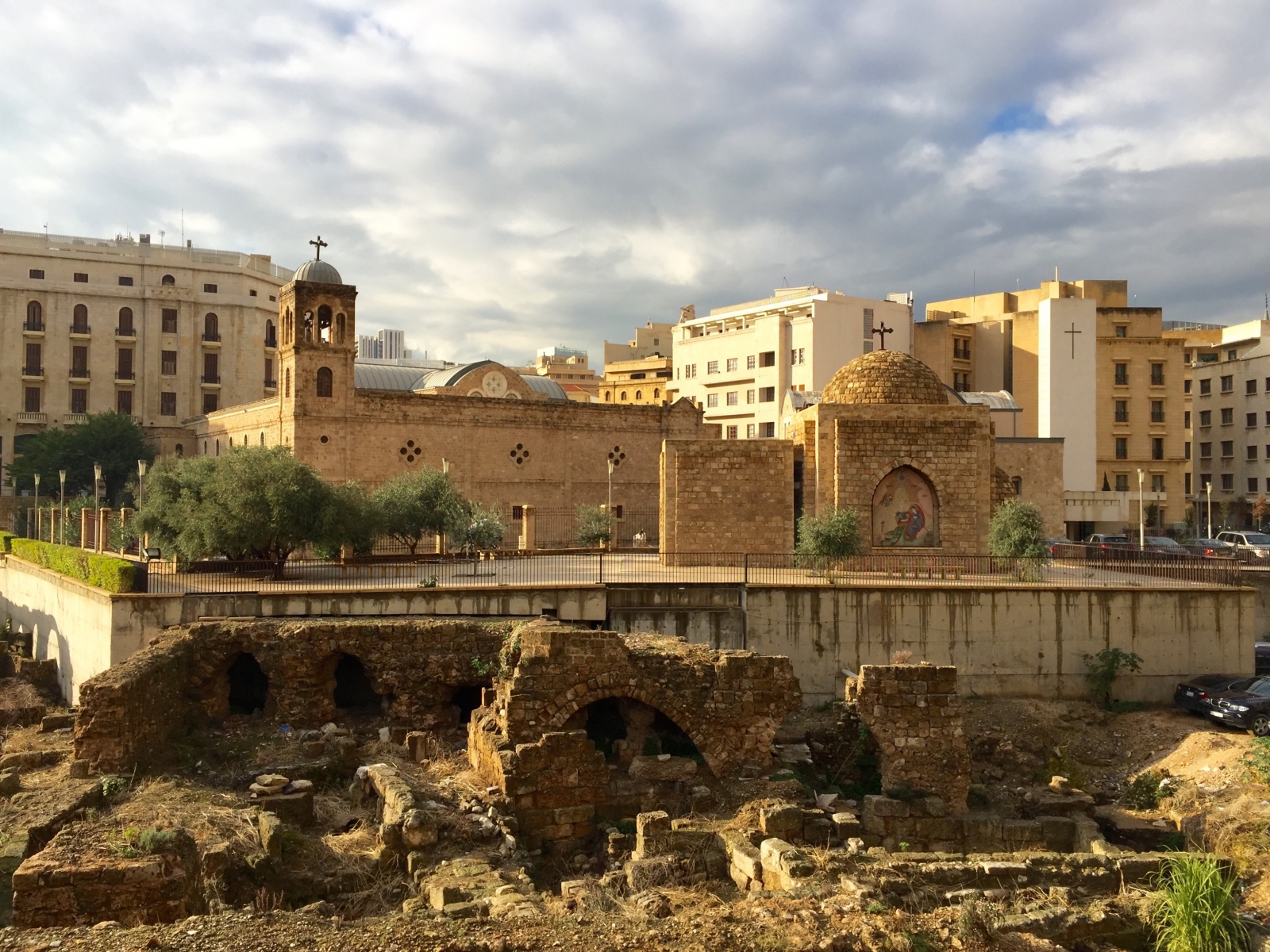
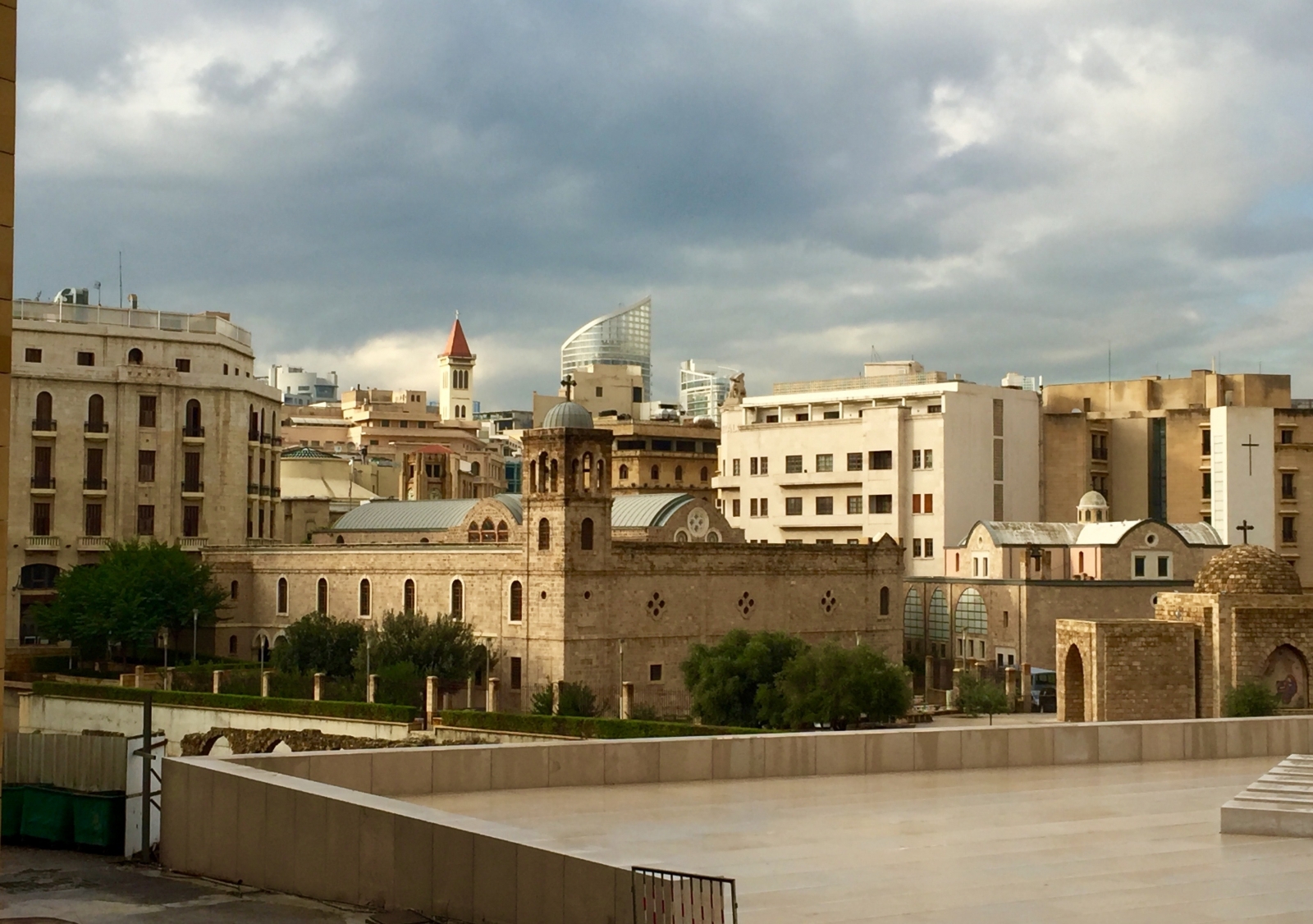
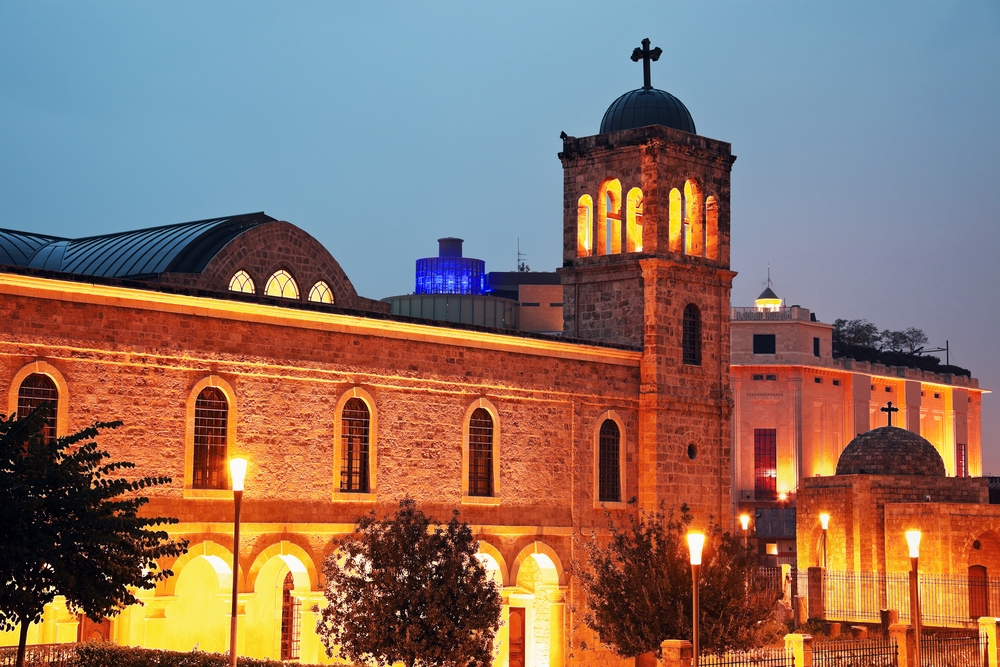
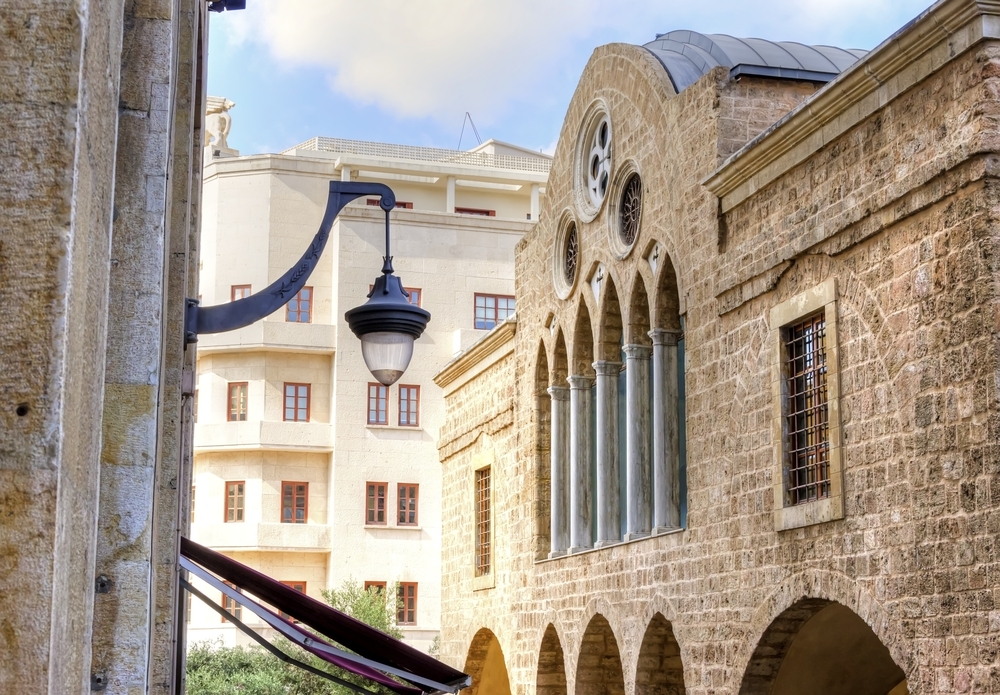
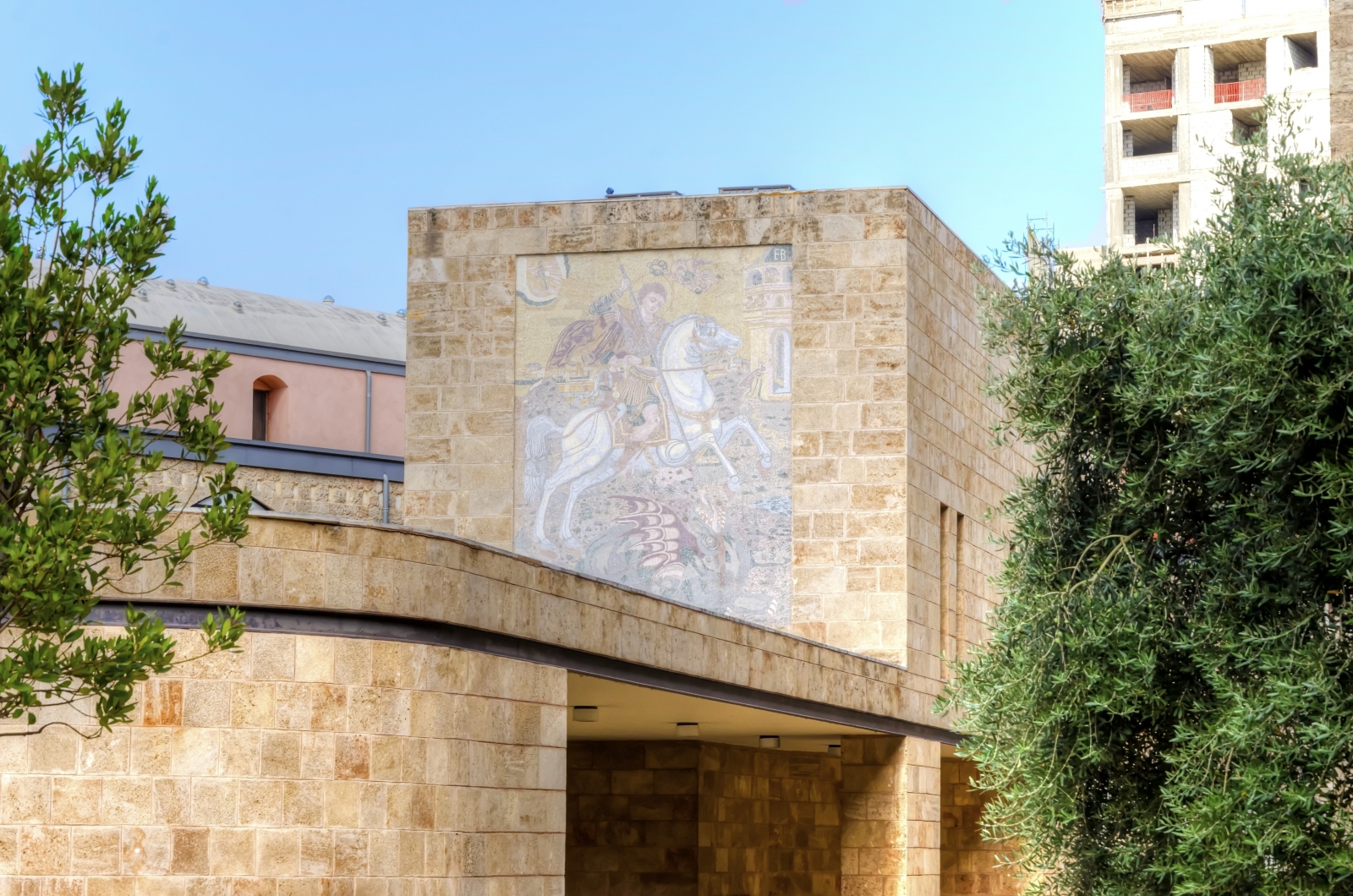

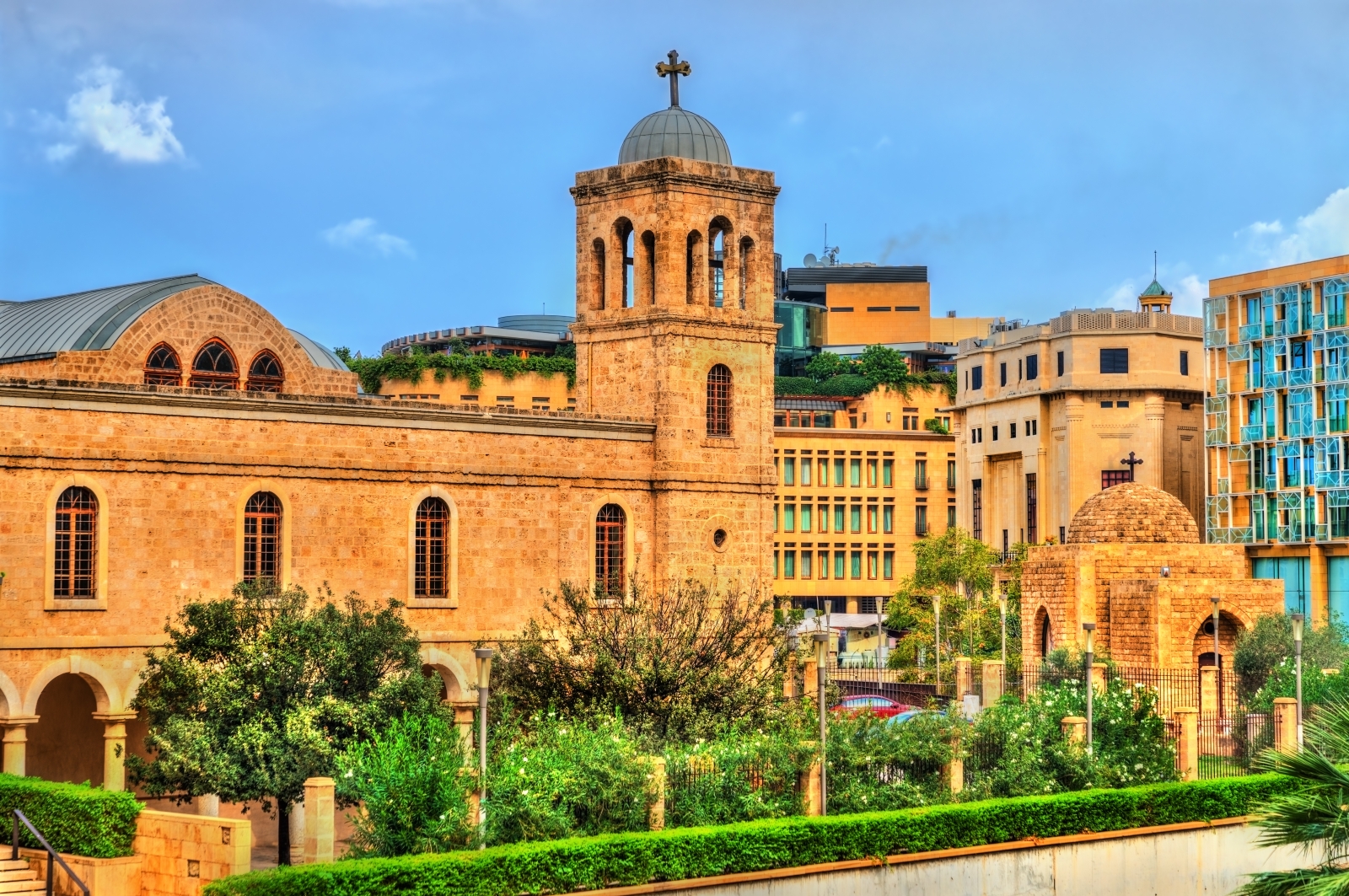
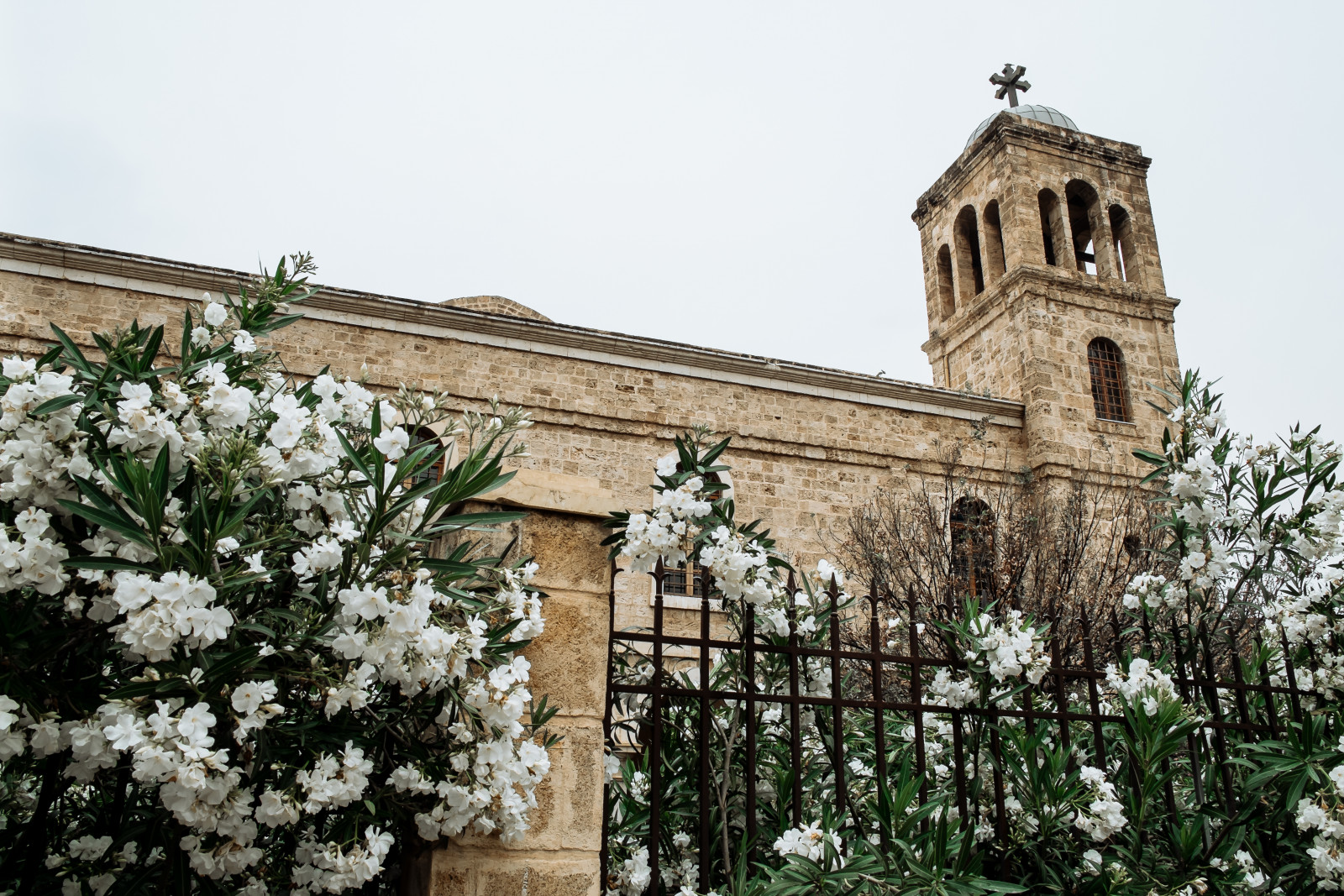
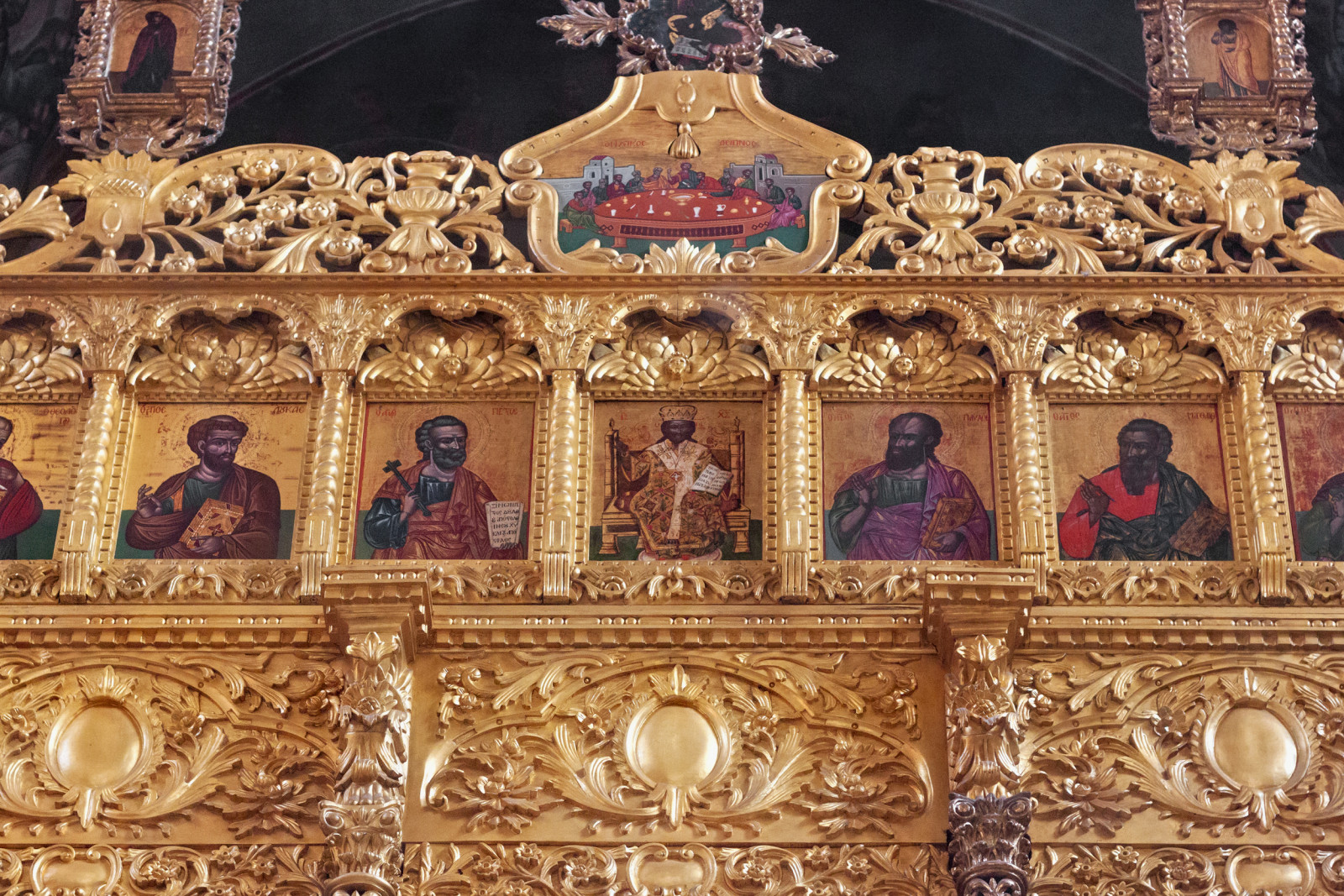
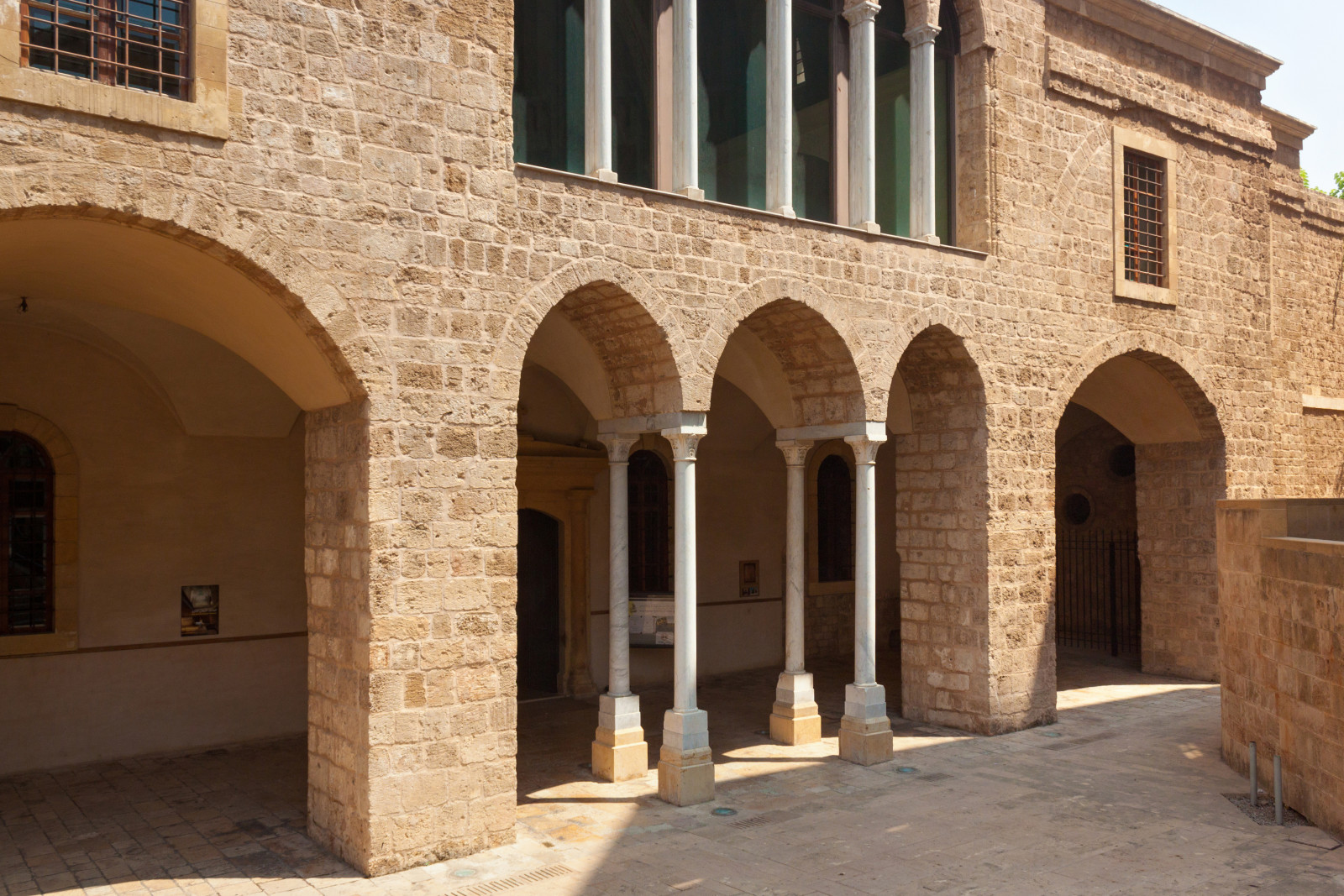

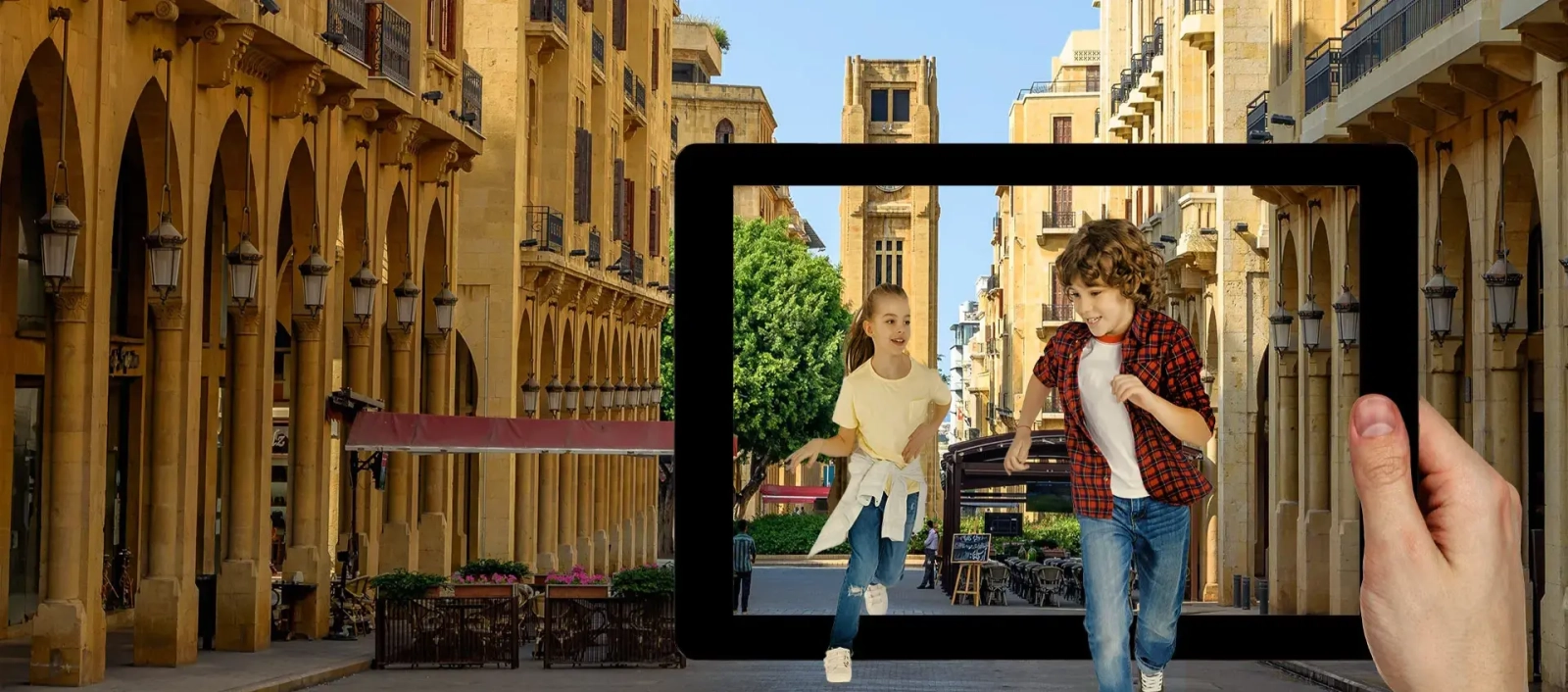
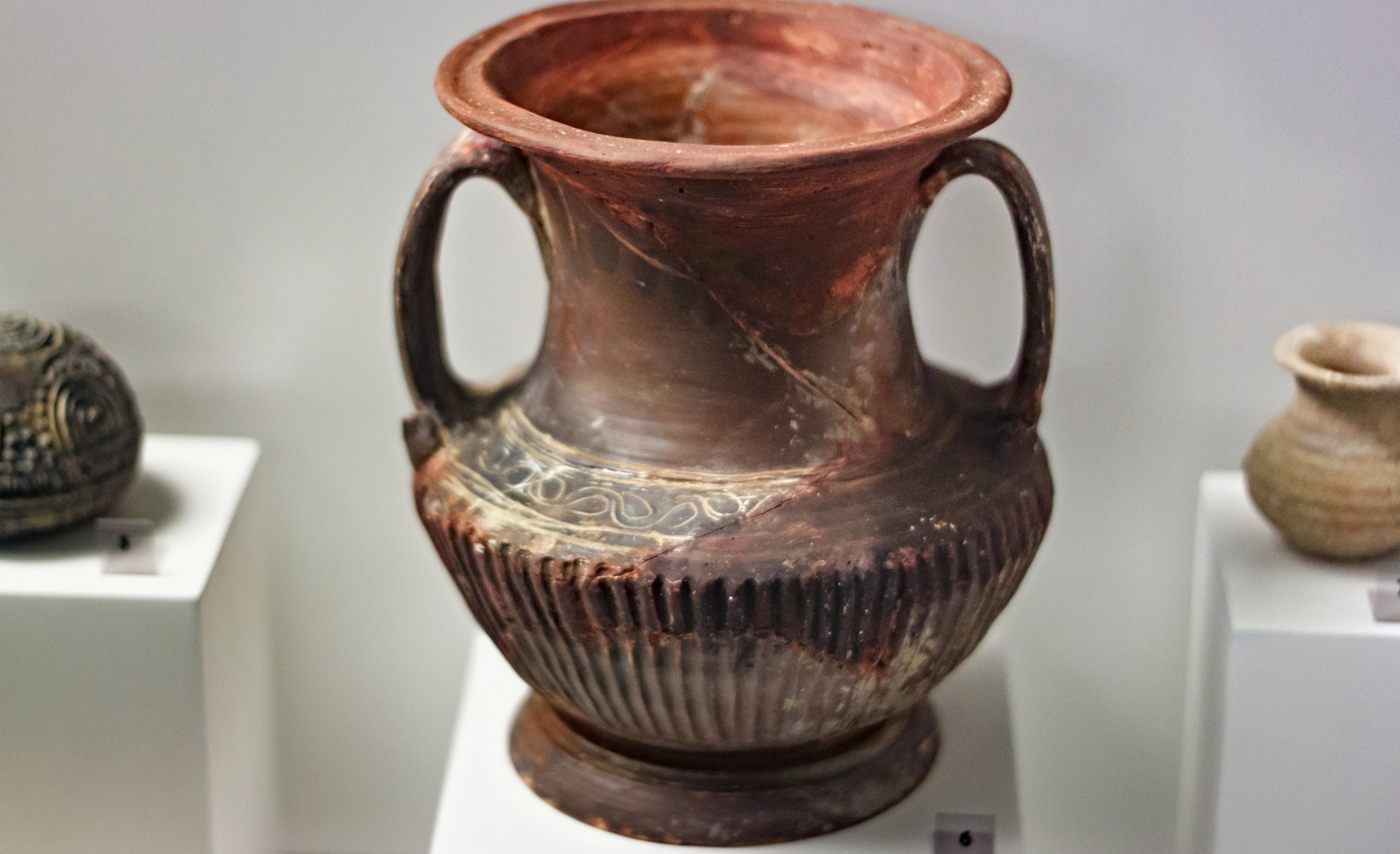
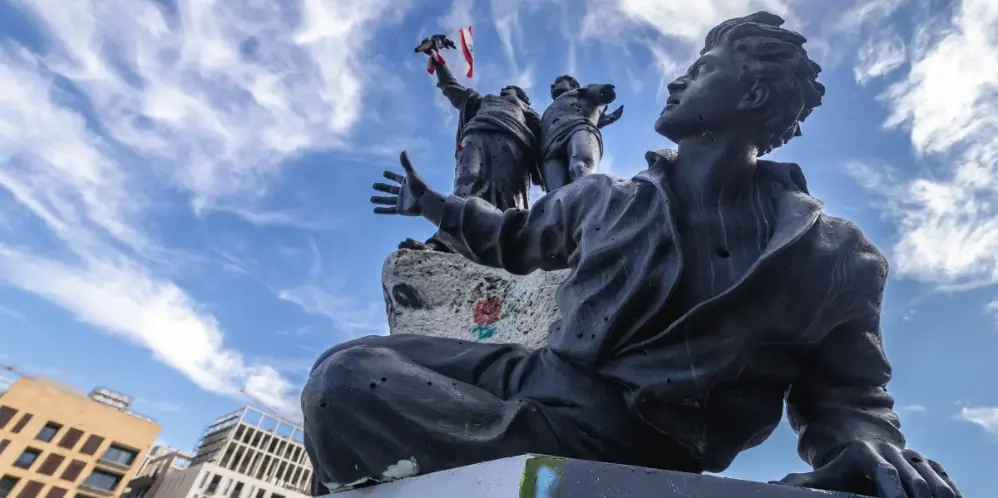



HomeWIKIMOOVReligious sites Leaflet

Archaeological Crypt of Saint George Orthodox Cathedral of Beirut

Unveil the true heart of Beirut
Business PlatformJoin MOOVTOOBecome a MOOVTOO guideBecome a MOOVTOO HostI've read and I accept MOOVTOO's Privacy and Cookie Policy What is MOOVTOO ?PartnersContact usFAQLegal MentionsData Protection PolicyTerms and ConditionsCheck out our privacy policy
What is MOOVTOO ?PartnersContact usFAQLegal MentionsData Protection PolicyTerms and ConditionsCheck out our privacy policy